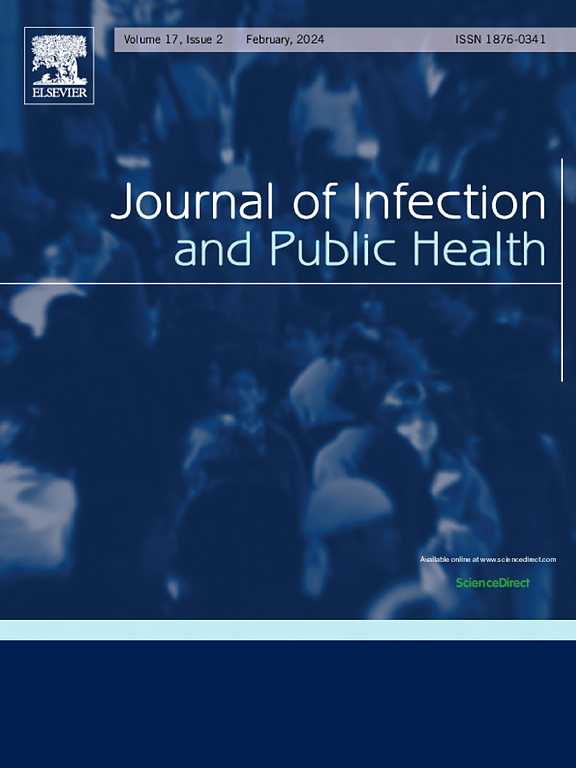Advancing the understanding of Naegleria fowleri: Global epidemiology, phylogenetic analysis, and strategies to combat a deadly pathogen
IF 4.7
3区 医学
Q1 INFECTIOUS DISEASES
引用次数: 0
Abstract
Naegleria fowleri is a rare but deadly pathogen that has emerged as an important global public health concern. The pathogen induces primary amoebic meningoencephalitis (PAM), a rapidly progressive and almost always fatal life-threatening brain infection. The devastating impact of N. fowleri and the high mortality rate underscores a deeper understanding and the development of innovative strategies to tackle this issue. Despite various studies that have been conducted on N. fowleri, a comprehensive review that integrates recent findings and addresses critical gaps in understanding remains lacking. This review provides a detailed overview of N. fowleri epidemiology, transmission dynamics, phylogenetic diversity, state-of-the-art diagnostic techniques, therapeutic approaches, and preventive measures. We identified 488 PAM cases globally, reported since 1962, with the highest numbers in the US, Pakistan, and Australia. A phylogenetic analysis of 41 N. fowleri ITS-1, 5.8S, ITS-2 region-based sequences showed genotypic diversity, with genotypes II and III being the most prevalent in Asia, North America, and Europe. Effective approaches to preventing N. fowleri transmission include applying free chlorine to water in storage tanks, taking precautions while swimming, and performing ablution with sterilized water (e.g., boiled or distilled) while avoiding deep inhalation of water, especially in regions with high water contamination. This review highlights the global impact of N. fowleri, future surveillance strategies, prompt diagnosis, potential therapeutic options, and vaccine development to prevent PAM outbreaks. It highlights the importance of joint government and public health efforts to combat this deadly pathogen.
求助全文
约1分钟内获得全文
求助全文
来源期刊

Journal of Infection and Public Health
PUBLIC, ENVIRONMENTAL & OCCUPATIONAL HEALTH -INFECTIOUS DISEASES
CiteScore
13.10
自引率
1.50%
发文量
203
审稿时长
96 days
期刊介绍:
The Journal of Infection and Public Health, first official journal of the Saudi Arabian Ministry of National Guard Health Affairs, King Saud Bin Abdulaziz University for Health Sciences and the Saudi Association for Public Health, aims to be the foremost scientific, peer-reviewed journal encompassing infection prevention and control, microbiology, infectious diseases, public health and the application of healthcare epidemiology to the evaluation of health outcomes. The point of view of the journal is that infection and public health are closely intertwined and that advances in one area will have positive consequences on the other.
The journal will be useful to all health professionals who are partners in the management of patients with communicable diseases, keeping them up to date. The journal is proud to have an international and diverse editorial board that will assist and facilitate the publication of articles that reflect a global view on infection control and public health, as well as emphasizing our focus on supporting the needs of public health practitioners.
It is our aim to improve healthcare by reducing risk of infection and related adverse outcomes by critical review, selection, and dissemination of new and relevant information in the field of infection control, public health and infectious diseases in all healthcare settings and the community.
 求助内容:
求助内容: 应助结果提醒方式:
应助结果提醒方式:


